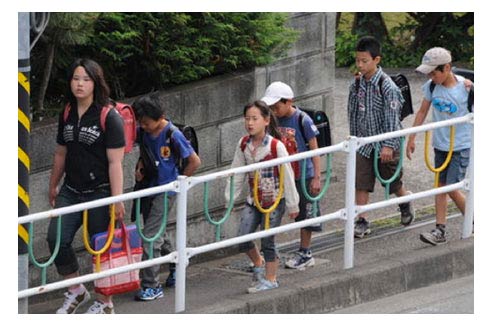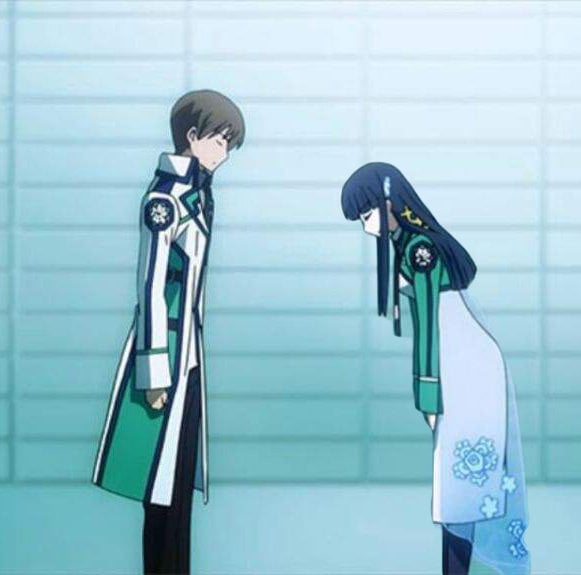Japan is definitely a land of opposites, often presenting conflicting images to visitors from the outside world who are trying to make sense of the place. One of my first impressions about Japan was that it was a dangerous place for children, due to the steep hardwood stairs that every Japanese home seemed to have, and lack of safety features like baby gates and child safety seats for cars, which hadn’t come into use yet. But on closer inspection, there are many ways that Japan is actually more safe, sometimes almost ridiculously so. There are no school busses in Japan, so for safetty kids are taught to walk to school in a tight group called a han which is lead by a sixth grade leader called hancho (where the English word “head honcho” comes from). All pools in Japan are shallow as a safety precaution, and when Japanese encounter swimming pools with deep water as in the United States it can often be dangerous, since they’re so unfamiliar. Schools are completely enclosed in a strong net which serves to keep dangerous people from entering the school grounds or students from leaving, except through the main school gate. And I saw recently that the Yamanote (yama-no-teh) train line in Tokyo is installing safety gates that will keep people from falling, I mean jumping, onto the train tracks, an anti-suicide precaution.
And yes, “safety country” is the kind of English your brain produces after you’ve lived here too long, as I have. ^_^

A group of children walk to school together, with the hancho taking charge.













